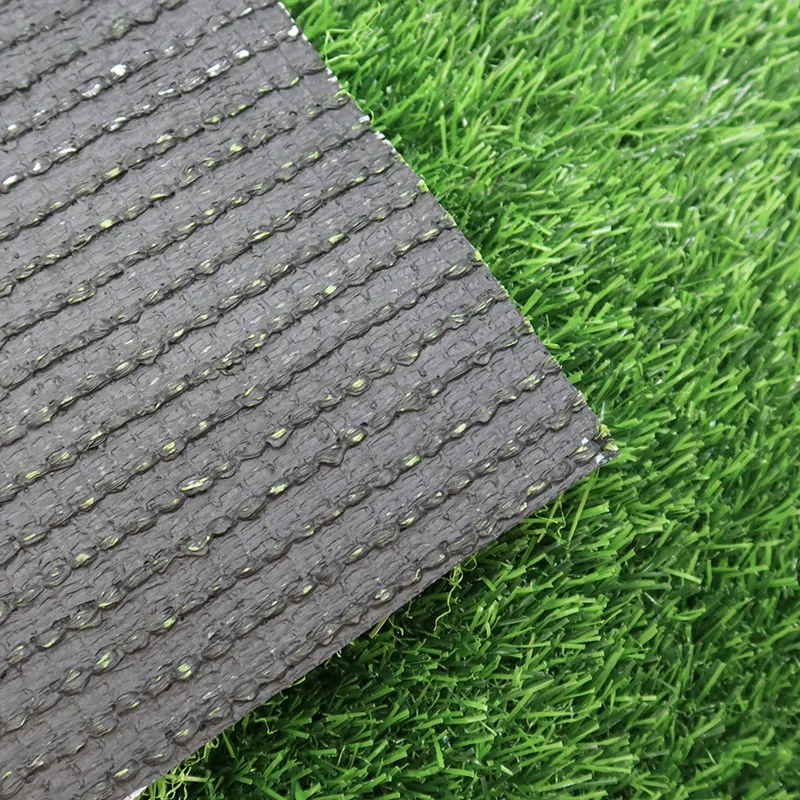
- Afrikaans
- Arabic
- Belarusian
- Bengali
- Czech
- Danish
- Dutch
- English
- Esperanto
- Estonian
- Finnish
- French
- German
- Greek
- Hindi
- Hungarian
- Icelandic
- Indonesian
- irish
- Italian
- Japanese
- kazakh
- Rwandese
- Korean
- Kyrgyz
- Lao
- Latin
- Latvian
- Malay
- Mongolian
- Myanmar
- Norwegian
- Persian
- Polish
- Portuguese
- Romanian
- Russian
- Serbian
- Spanish
- Swedish
- Tagalog
- Tajik
- Thai
- Turkish
- Turkmen
- Ukrainian
- Urdu
- Uighur
- Uzbek
- Vietnamese
Benefits of Installing Synthetic Turf Fields for Sports and Recreation Activities
Oct . 12, 2024 06:04 Back to list
The Rise of Synthetic Turf Fields An Innovative Solution for Sports and Recreation
In recent years, synthetic turf fields have emerged as a game-changing innovation in the realm of sports and recreational activities. These artificial grass surfaces have gained popularity for a multitude of reasons, from their enhanced durability and low maintenance to their ability to provide consistent playing conditions regardless of weather. As communities and athletic organizations progressively adopt synthetic turf, it’s essential to explore its advantages, challenges, and impact on sports culture.
Advantages of Synthetic Turf
One of the primary benefits of synthetic turf is its durability. Unlike natural grass, which can become worn and muddy, especially during heavy play and adverse weather conditions, synthetic turf can withstand heavy foot traffic, adverse weather, and extreme temperatures. This durability ensures that fields can be used year-round without the downtime associated with natural grass, making it an ideal option for schools and sports organizations that host frequent games and practices.
Maintenance is another significant advantage of synthetic turf fields. Traditional grass fields require regular mowing, watering, fertilization, and pest control, all of which can be time-consuming and costly. In contrast, synthetic turf requires minimal maintenance. Regular cleaning to remove debris, brushing the fibers to keep them upright, and occasional infill replacement are typically sufficient to keep the field in excellent playing condition. This reduction in maintenance not only saves time but also significantly lowers the long-term costs associated with field upkeep.
Consistent Playing Conditions
Synthetic turf provides consistent playing conditions, ensuring that athletes can perform at their best regardless of the weather. Natural grass fields can become muddy after rain, leading to unpredictable playing conditions that can affect performance and increase the risk of injury. In contrast, synthetic turf drains water efficiently, maintaining a safe and reliable surface for play. This consistency is particularly beneficial for sports leagues and schools that require fields to remain in optimal condition throughout the entire season.
synthetic turf field

Environmental Considerations
While synthetic turf offers numerous advantages, it is crucial to address the environmental concerns associated with its production and disposal. Traditional plastic materials are often used to create synthetic turf, raising questions about sustainability. However, advancements in technology and materials are leading to more eco-friendly options. Manufacturers are increasingly using recycled materials and developing turf systems that are more easily recyclable at the end of their life cycle. Moreover, the reduction in water usage associated with synthetic fields compared to natural grass can contribute to overall conservation efforts in regions facing water scarcity.
Challenges and Controversies
Despite its many benefits, synthetic turf is not without its challenges. There have been ongoing debates regarding the safety of some synthetic turf products, particularly those treated with chemicals or constructed with crumb rubber infill, which has been linked to health concerns. While research continues to investigate these claims, it is essential for communities to choose products that meet safety standards and regulations.
Additionally, the initial investment for synthetic turf can be high, leading some communities to hesitate in making the switch from natural grass. However, the long-term savings on maintenance and the ability to host more events can make synthetic turf a financially viable option in the long run.
Conclusion
As synthetic turf fields continue to gain traction in sports and recreation, they represent a significant advancement in how we think about athletic surfaces. With advantages that include durability, low maintenance, and consistent playing conditions, synthetic turf can enhance the experience of athletes and improve the overall quality of sports facilities. As technology evolves and addresses environmental concerns, synthetic turf will likely play an increasingly prominent role in the future of sports, reshaping the landscape for generations to come. As communities weigh the pros and cons, the discussion surrounding synthetic turf will undoubtedly influence how we design and maintain fields moving forward.
-
The Benefits of Artificial Turf for Indoors
NewsJul.15,2025
-
How Artificial Grass Suppliers Ensure Quality Products
NewsJul.15,2025
-
Artificial Grass and Pets: A Space for Relaxation
NewsJul.08,2025
-
Balcony & Outdoor Decoration with Artificial Grass
NewsJul.08,2025
-
Best Indoor Artificial Grass for Home
NewsJul.07,2025
-
Best Pet Turf for Dogs: Safe & Durable Artificial Grass Options
NewsJul.07,2025
Products categories









